Preventing Motorcycle Theft | Battling Bike-only Police Checkpoints
Motorcycle season has finally descended on NYC after a few weather blips last month. But the increased bike presence brings with it a few sobering moments, whether it’s the reemergence of bike-only police checkpoints or the rise of bike thefts throughout the city.
FIGHT THEFT STATS WITH COMMON SENSE
On the theft front, New York -- at last count -- landed fifth in the nation for stolen bikes, behind California, Florida, Texas and South Carolina (National Insurance Crime Bureau (NICB) stats), with just under 2,000 lifted in 2015. 2016 stats have not yet been released.
In reality it only takes seconds to hoist a motorcycle into a van and take off. Worse yet, national statistics show only three in 10 stolen motorcycles will be recovered and returned to their owners. The rest end up on the black market, stripped and/or sold for spare parts.
The worst months for motorcycle theft are July, August and September, August being the highest and February the lowest, a weather-related pattern that’s been consistent for years.
Bottom line … motorcycles are an attractive item for thieves, especially in the summer.
The NYPD and several auto insurance websites lists a host of common sense recommendations for preventing local riders from becoming a statistic, though in reality nothing will make your ride 100-per-cent secure.
- Lock your ignition and remove the key. National statistics show most bike thefts occur when the ignition is shut off, but not locked.
- Lock the forks or disk brakes with locks that have large, brightly colored tags
- Lock your motorcycle to a stationary, immovable object, and make sure locks are wrapped as tightly as possible; slack provides room for thieves to chisel away.
- Install a hidden ‘kill’ switch.
- Park in a well-lit area.
- If traveling with other riders, lock motorcycles together when not in use.
- If riding alone, lock your bike to a secure, stationary object that can't be easily dismantled.
- Add an audible alarm to your motorcycle.
- When traveling and spending the night at a hotel, locate an outdoor security camera and park your bike in the camera's view. If this is not possible, park your bike close to your room.
- Keep an eye on your bike. When parking at a public event, check your motorcycle periodically, especially right after leaving your bike.
- If parking in a garage, block your bike with automobiles, close the garage door and make sure it is locked.
- Don't store your title in your bike's storage compartment, tank bag or saddlebag. The safest place for your title is at home.
- Uniquely mark and then photograph your bike. If thieves take your bike, note its unique markings to law enforcement using the photos you have taken.
- Keep your bike registration and insurance identification card on you when you ride.
- If selling your motorcycle, don't let unknown buyers go for solo test rides (they may not come back).
In the event your bike is stolen, make it impossible to sell. Mark everything that could be sold as a second hand spare part with a clearly visible identifying mark, both in visible and secret places, preferably with the bikes frame number.
SECURING YOUR MOTORCYCLE
It is the season to consider upgrading locks and installing theft prevention products such as alarms and GPS tracking devices. Even a bike cover can help. While we can’t necessarily recommend one brand over another, price does play a factor in the quality of brake disc, wheel and chain locks.
Also consider a simple cover for your bike to make it less visible to passersby … on the cheap side around $25 ranging up to $100. The more expensive options are rain proof and include heat-proof padding on the inside so the cover won’t melt if it lays against a hot exhaust pipe.
Brake disc locks from Xena, Abus, Artago, Trimax and Kryptonite can range in price from $20 to well over $200 for a model with a built in alarm, position detection and drill prevention technology. They can be placed on the front or rear wheel through the holes in the disc brake and prevent the wheel from moving forward or backwards as the lock will hit the forks or frame. Removal of the motorcycle lock, will require the use of heavy machinery that is extremely loud and heavy. Bright colors offer an immediate deterrent to potential thieves.
Disc brake lock — Stock image
In the back, positioned on the rear chain sprocket, there are only a few areas where the disc lock can go, to prevent the bike from moving less than three to four inches. The problem with this area is that you can often times forget that the disc lock is on, and won’t be able to move it without causing significant damage. Most models come with a brightly colored cable to attach to your handlebar as a reminder that the lock is installed.
Another heavier but secure option is a chain lock, with two of the best models being the Kryptonite New York Fahgettaboudit Chain ($190 at JANE Motorcycles) and the Kryptonite Chain Noose Lock ($139 at Union Garage NYC).
Chain lock — Stock image
These motorcycle locks, which can attach a bike to a pole or secure spot, come equipped with six-sided chain links made of hardened manganese steel for ultimate durability and strength. A protective nylon cover comes standard as it fits over the chained portion of this motorcycle lock to reduce noise and add extra protection. Both come with a looped disc lock.
Also consider a simple cover for your bike to make it less visible to passersby … on the cheap side around $25 ranging up to $100. The more expensive options are rain proof and include heat-proof padding on the inside so the cover won’t melt if it lays against a hot exhaust pipe.
Bike cover — Stock image
And if you have the budget and want to protect an expensive two-wheeled investment, consider having an alarm or even a GPS tracker installed on the bike. Many bike manufacturers offer their own alarms for sale and installation post purchase. And there are many aftermarket options available including several models of Scorpio security systems ($150-$500) and a reasonable and positively reviewed option by Gorilla for about $180. These require wiring and may have an impact on the life of your battery if the bike is not ridden regularly.
Ultimately anything you can do to make your bike less appealing to thieves is a good thing.
POLICE MOTORCYCLE-ONLY CHECKPOINTS
As to police motorcycle-only checkpoints, get involved. The New York Motorcycle & Scooter Task Force provides checkpoint alerts via their twitter account and text. For more information, visit http://www.nymstf.org/cas/. Motorcyclists are encouraged to report checkpoints when they see them.
If you discover a police checkpoint pulling over only or mostly motorcyclists, you can send an SMS (cellphone or smartphone) text message to the NYMSTF at 347.410.6783. (Save this number to your phone’s contacts as ‘Checkpoints’ for easy reference.) Make the first word of your message CHECKPOINT, followed by a very brief description (130 characters or fewer if possible) of the checkpoint’s location. Your text will be published to the NYMSTF’s Checkpoint RSS/XML feed, their Twitter account and to their text message subscribers within five minutes, maximum.
The American Motorcyclist Association (AMA) is also fighting Motorcycle-only checkpoints at the state and federal governance level through a lobbying campaign. You can support their efforts by joining.

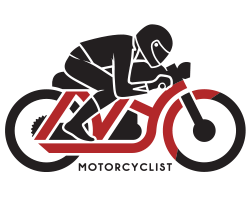

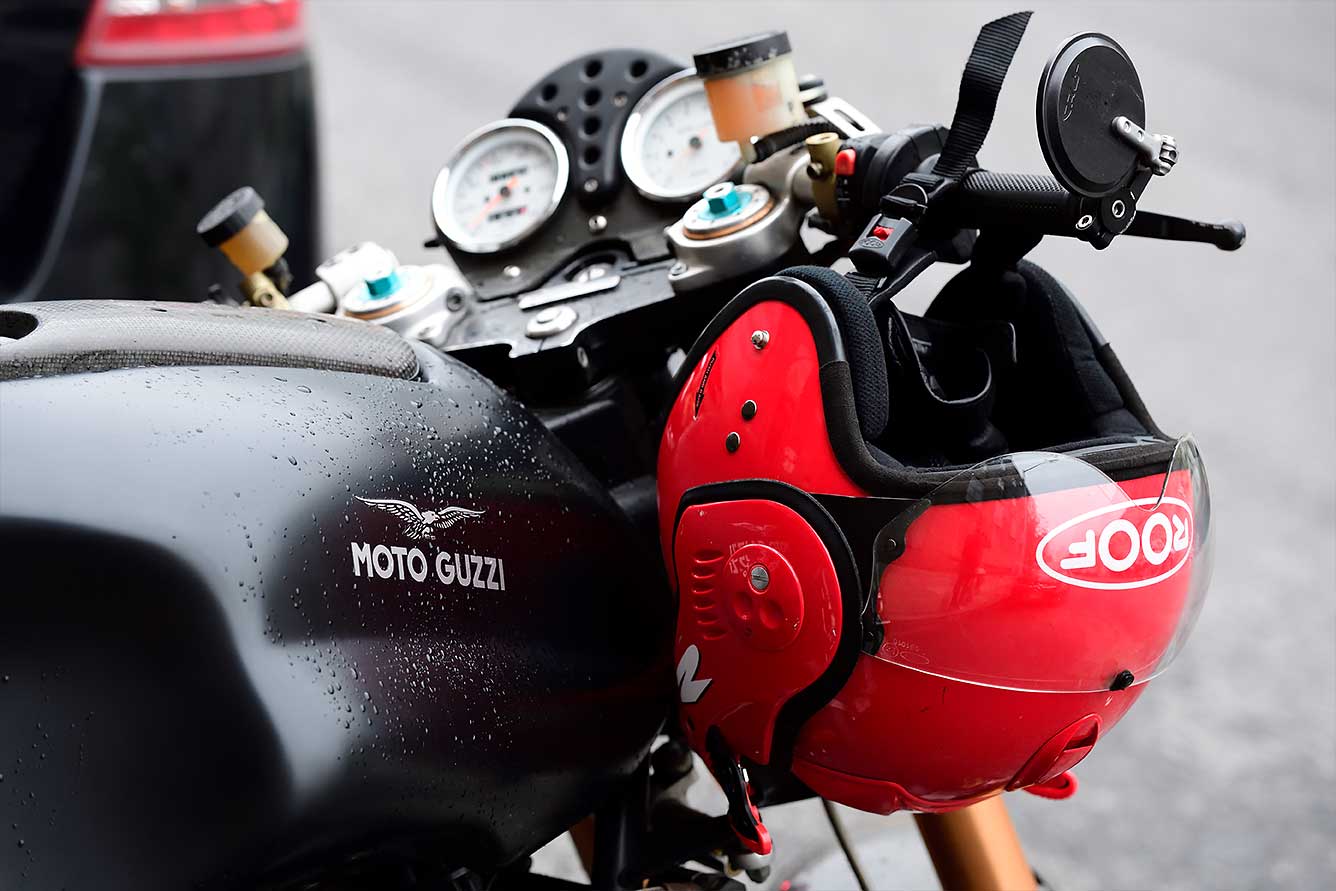
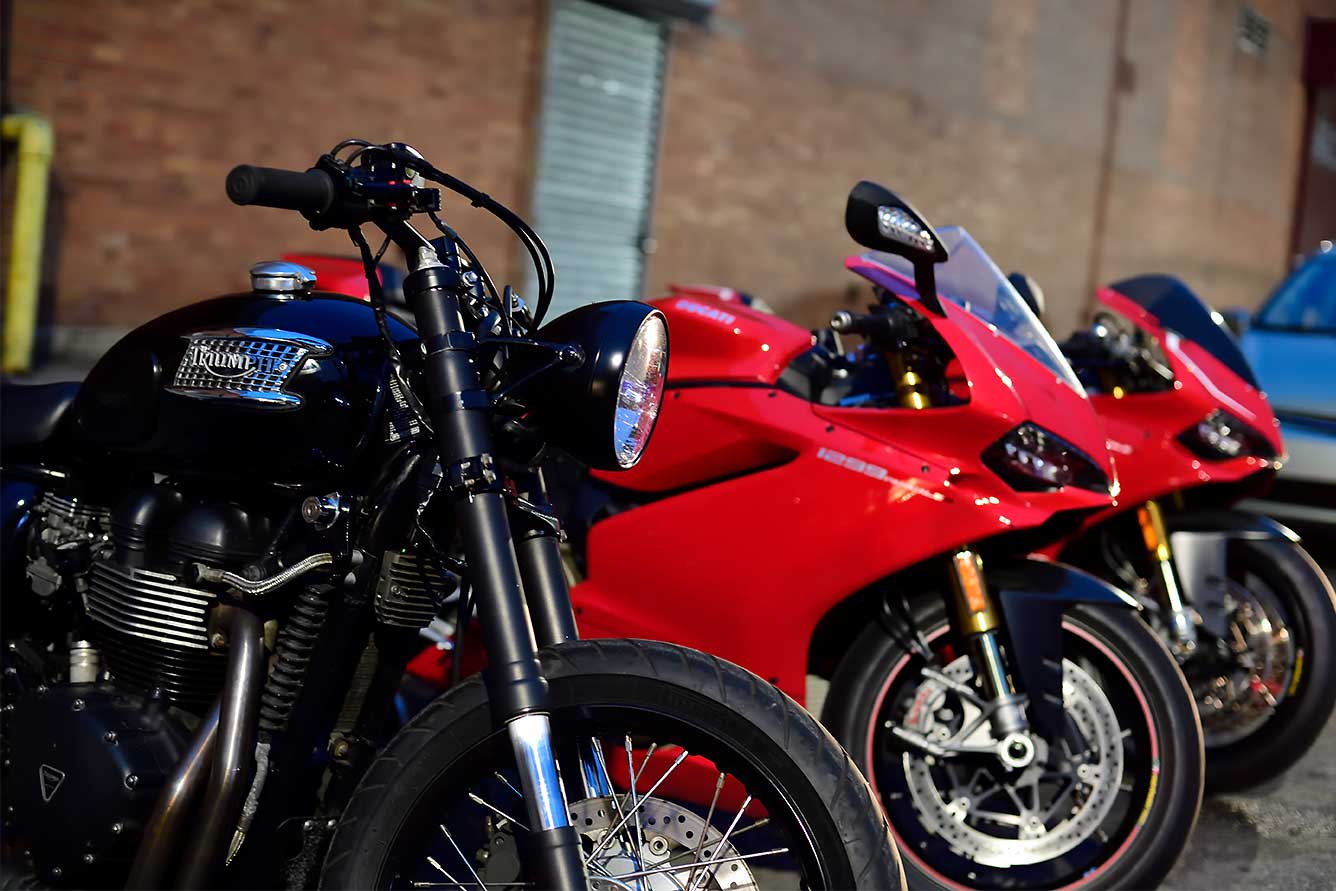
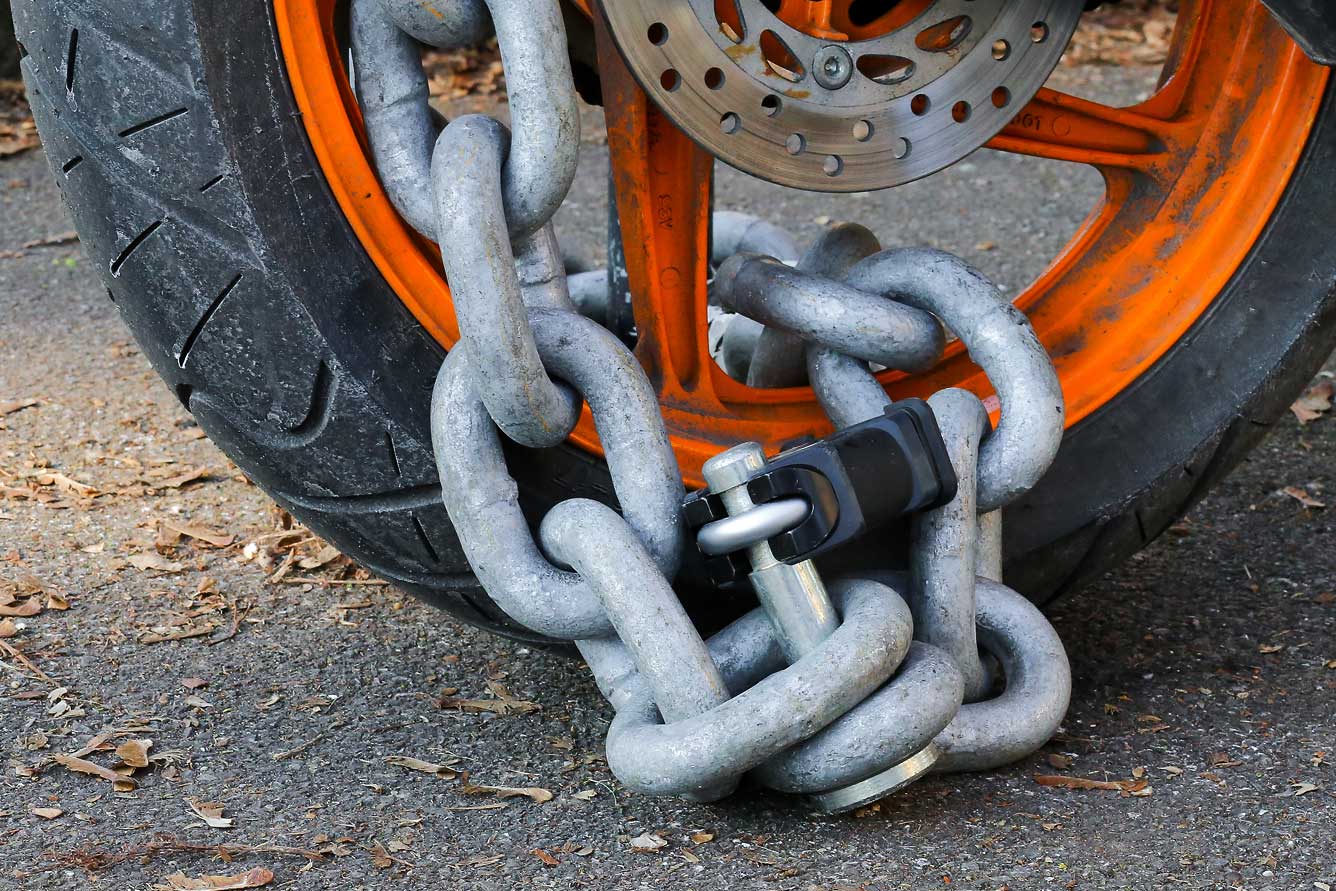
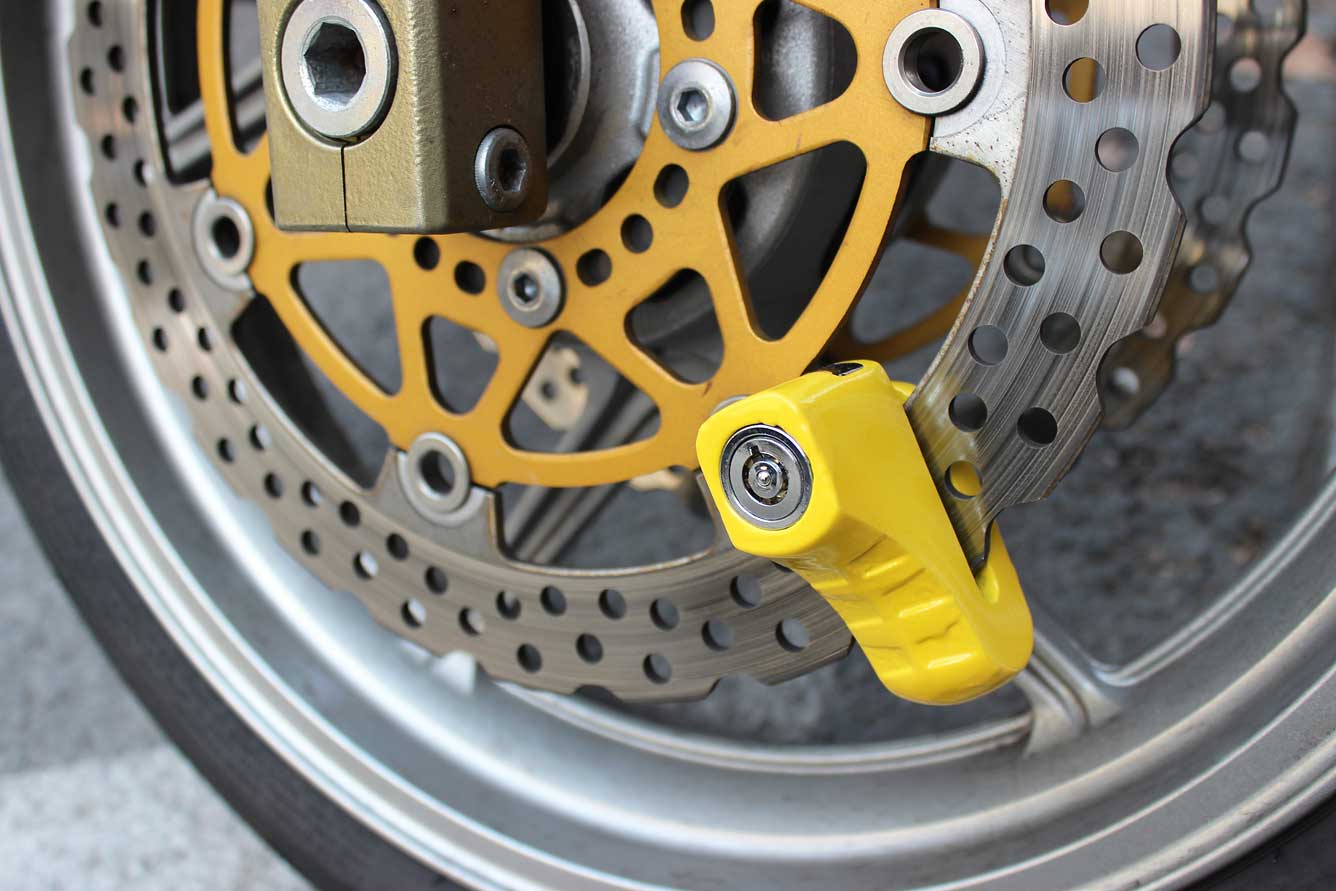
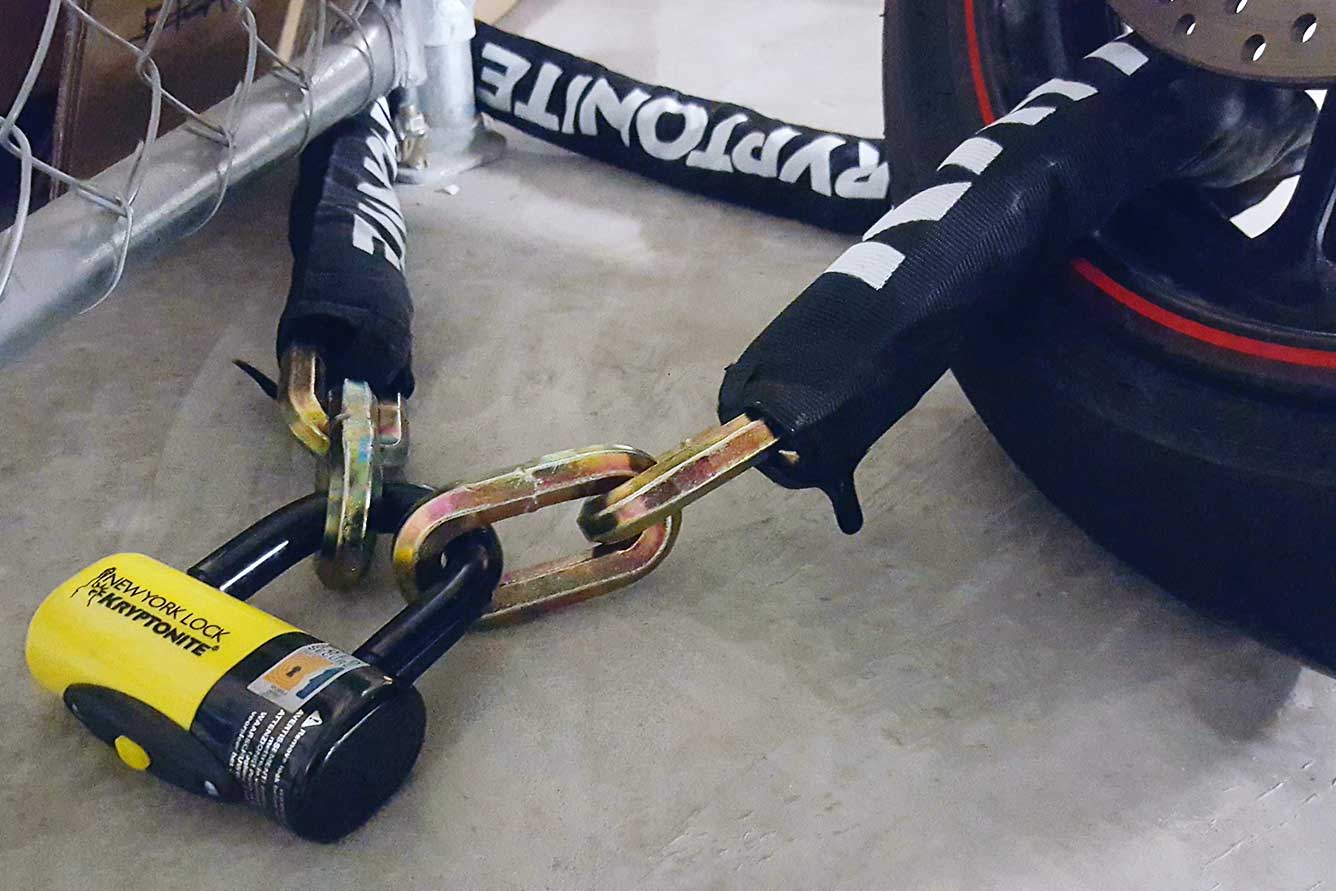
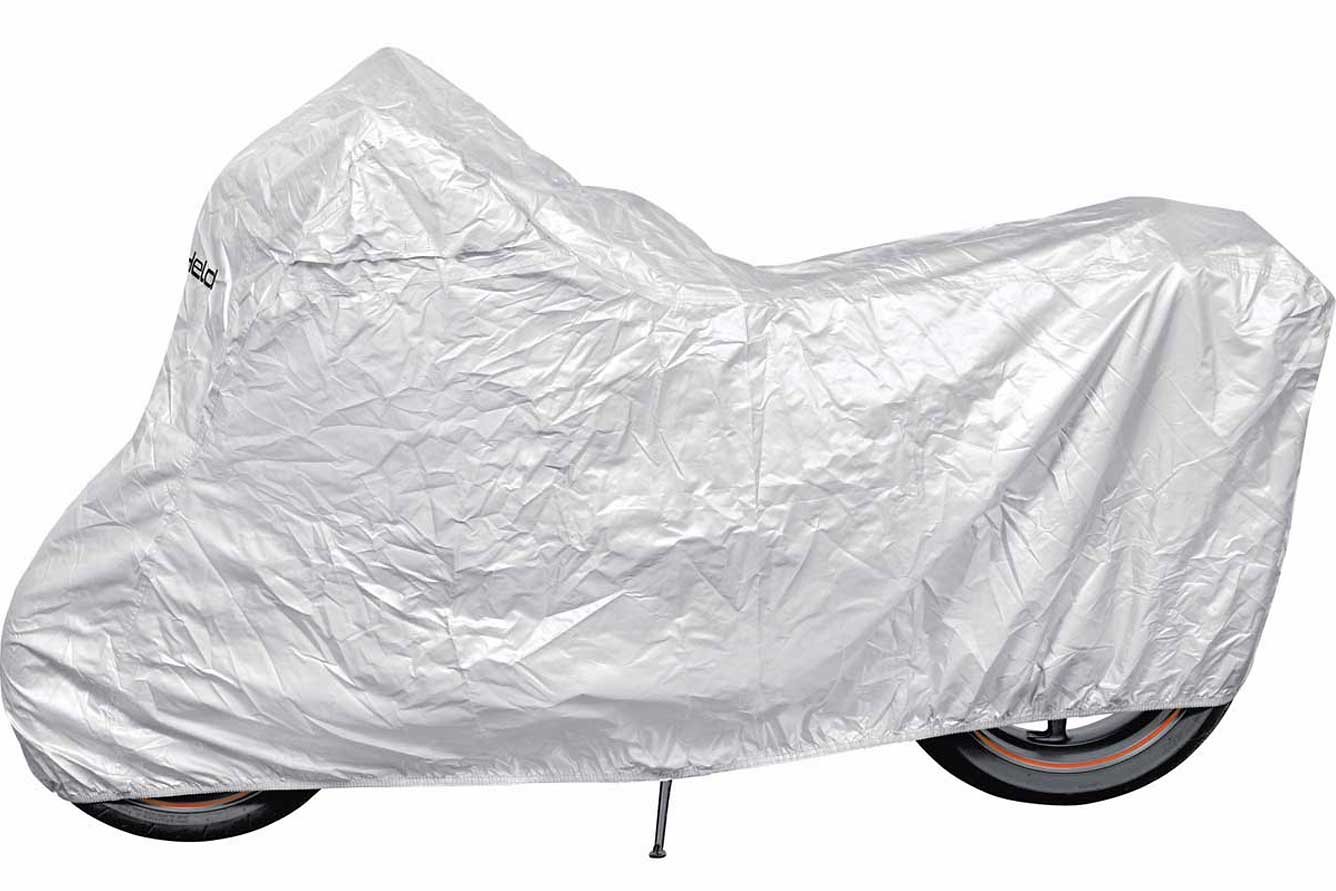


Leave a Comment